26 Beauty Habits to Break Right Now
Quick, easy tips on mascara, perfume, SPF foundation, exfoliation and more.
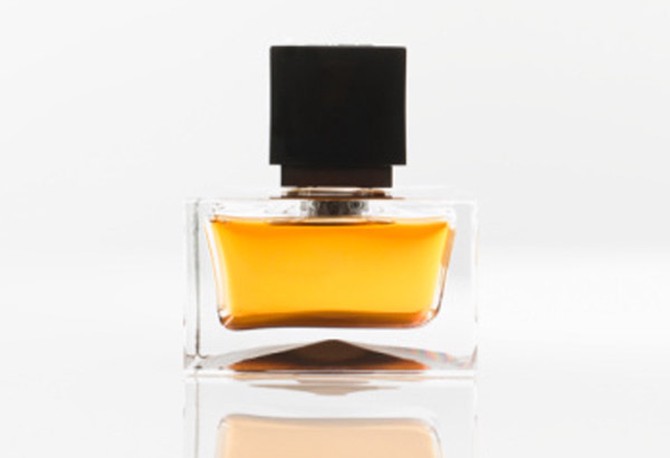
Photo: Thinkstock
Don't Try to Mask the Scent of Self-Tanner with Perfume
If you've ever spritzed yourself with your favorite fragrance soon after applying a self-tanner, you probably learned the hard way that the combination can temporarily give your skin an eerie and otherworldly green tint. The likely reason? Some antioxidants used in fragrances chemically react with DHA—the ingredient in sunless-tan products that darkens your skin—causing patches of your tan to turn a light shade of green, says Ni'Kita Wilson, a cosmetic chemist and vice president of Englewood Lab in Englewood, New Jersey. To avoid a sci-fi pallor, resist the urge to apply fragrance (and other body products like deodorant and lotion) for at least six hours after self-tanning.

Photo: Jeff Harris
Don't Replace Shaving Cream with Body Wash
Shaving creams provide a better cushion between the razor and your skin than the foam left behind by body wash, says cosmetic chemist Ni'Kita Wilson. The rich texture of shaving creams reduces friction, preventing nicks and cuts. If your skin is very dry or tends to get irritated, try a shaving gel—it's thicker than a cream. (We like Skintimate Signature Scents Moisturizing Shave Gel, $3; drugstores.)
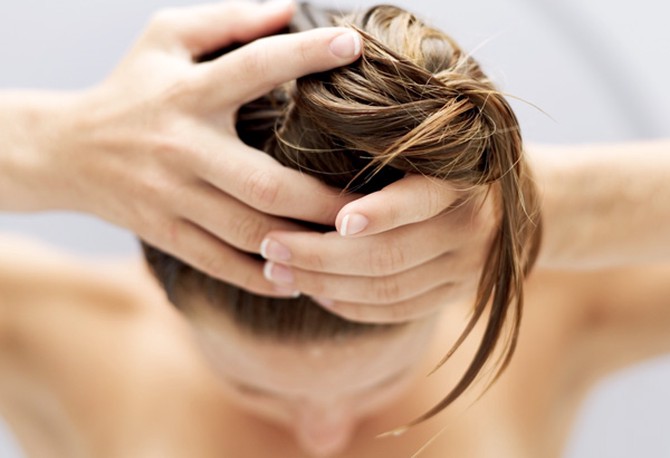
Photo: Thinkstock
Don't Apply Products to Sopping-Wet Hair
If you want to get the most out of your favorite mousse, shine spray, or gel, use it when your hair is damp or dry, says Mara Roszak, a Tresemmé celebrity stylist. "Wet hair is less porous, so it's harder for styling ingredients to attach to the strands," says Roszak.
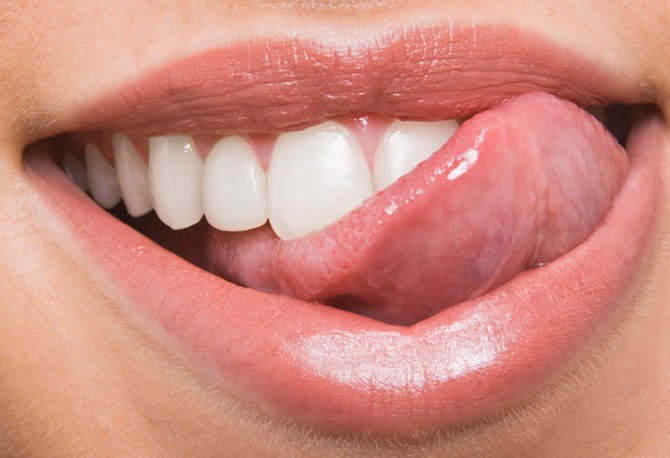
Photo: Thinkstock
Make Sure to Rinse After White Wine
You already know that the pigments in a glass of Pinot Noir will almost instantly give a dark purple cast to your teeth (and lips and, on a very bad day, your blouse). But a crisp white wine also poses a risk to your smile. "White wines are generally more acidic than reds; the high acid content erodes tooth enamel, which leaves teeth vulnerable to stains," says New York City dentist Irwin Smigel, creator of Supersmile. In other words: While you're enjoying a Riesling, steer clear of the marinara sauce. And afterward, or between sips, have some water and bread to reduce the acidity in your mouth. — Jenny Bailly
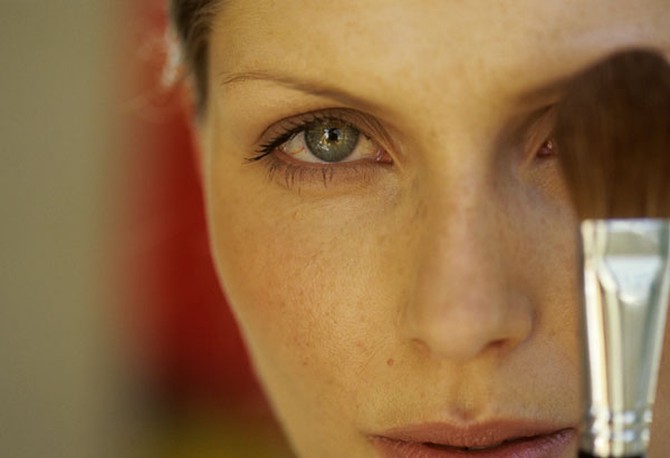
Photo: Thinkstock
Don't Wear Too Much Makeup on Your Forehead
With every expression, your forehead moves. (Or, at least, it should.) So if it's covered with more than a very thin layer of foundation, the makeup will crease—an "undesirable look," as makeup artist Napoleon Perdis delicately puts it. His solution: Dot foundation only on your cheeks, chin, and nose; then blend any extra product up to your hairline.
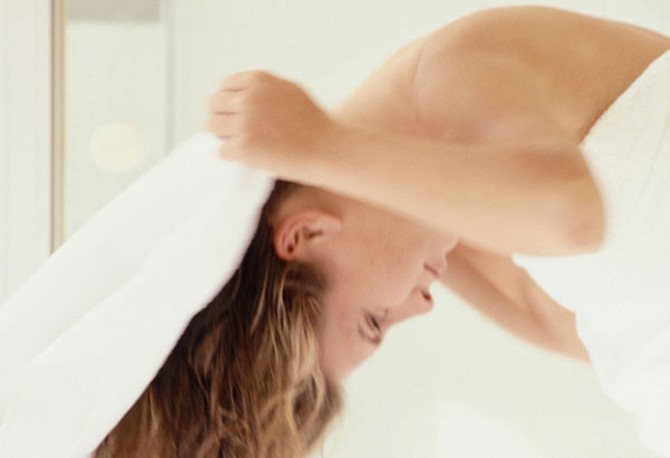
Photo: Thinkstock
Don't Rub Your Hair Dry with a Towel
The back-and-forth motion can disrupt the cuticle (the strand's outer layer), causing frizz and making hair harder to style. Instead, wrap hair in a towel, lightly press with your palms to help it absorb as much water as possible, and then use a wide-tooth comb to eliminate tangles, says trichologist Philip Kingsley. — Alessandra Foresto

© 2010 Jupiterimages Corporation
Matching Your Brows to Your Haircolor
But, a slight tweak might be in order. If you take your hair two or three shades lighter all over, you want to lighten your brows just a bit, says Sharon Dorram of Sharon Dorram Color at Sally Hershberger in New York City. If you dye your hair darker than your natural color, you can deepen your brows a shade or two. Use a Q-tip or small toothbrush to apply the same dye you use on your hair. (If you go blonder, though, make sure you use an ash shade—a golden blonde may turn brows brassy.) Wipe off the dye every five minutes to see how you like the color; you can always reapply if you need more time (but once your brows are orange, or inky black, you can't go back). If you're also covering grays, you'll probably need to leave the dye on for ten to 15 minutes. — Jenny Bailly
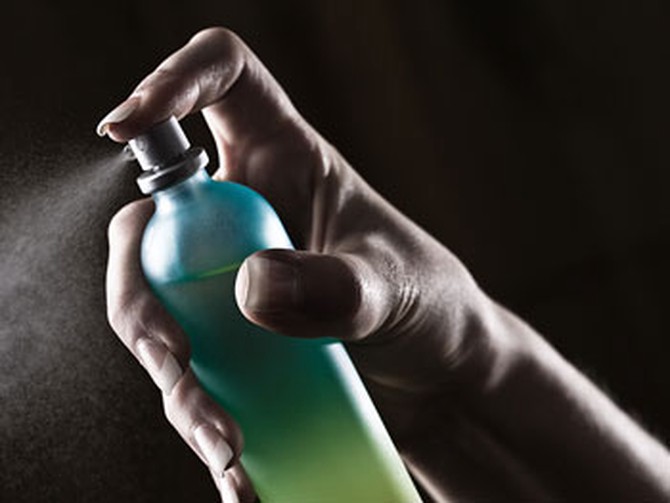
Photo: © 2009 Jupiterimages Corporation
Misting Your Face on a Long Flight
Whether you're in the air or on the ground, spritzing actually dries out your skin after the water evaporates. If you like using a facial mist, make sure it contains a humectant, such as glycerin or aloe vera, which locks on moisture and keeps your skin hydrated. —from Simple Skin Beauty, by Ellen Marmur, MD
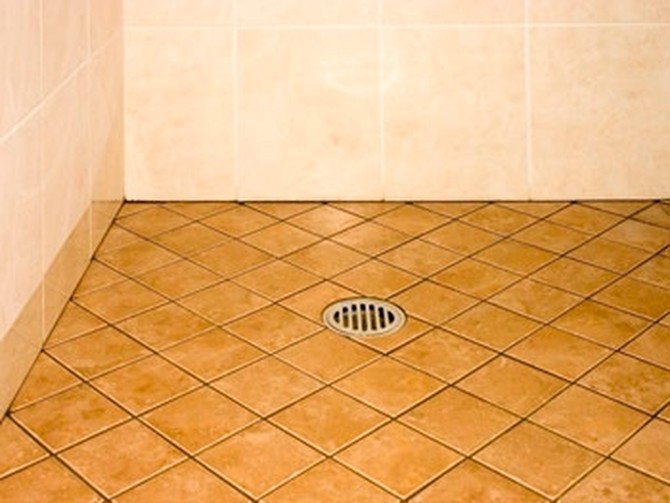
Photo: © 2009 Jupiterimages Corporation
Don't Freak Out if Your Hair Clogs the Drain
Have you noticed more of your hair in the shower drain or on your brush lately? It's normal to shed about 100 strands of hair a day, except at the end of summer, when you lose more hair than at any other time of year. "When the weather's hot, our metabolism speeds up, making hair grow faster," says New York City trichologist Philip Kingsley. When temperatures start to cool in September, hair reaches the end of its growth phase and falls out. You might be experiencing more breakage right now from exposure to sun, wind, chlorine, and saltwater, too. — Kate Sandoval
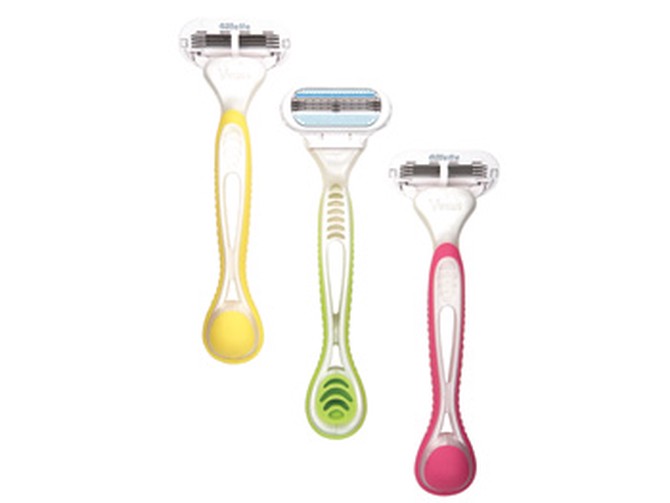
Marko Metzinger/Studio D
Don't Shave Your Legs After a Long Soak in the Tub
"After 15 to 20 minutes, water causes skin to wrinkle and swell, which means that a razor can't glide as easily or reach the base of the hair," says Kristina Vanoosthuyze, senior scientist for Gillette's Venus razor brand. For the smoothest result: Shave within five to ten minutes after stepping into the shower, when the warm water has softened your skin and hair.
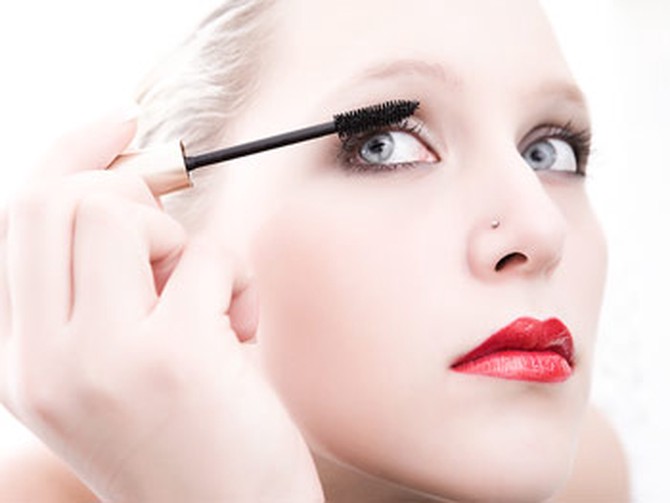
Don't Apply Powder Eyeshadow After Mascara
If you do, the shadow can drift onto your still-wet lashes, making them look dusty. There is an exception to this rule, though, says Michael Pierce, lead makeup artist for Hourglass Cosmetics. "If you have very deep-set eyes or droopy lids, you need to lift the eyelid with your finger in order to apply mascara. You wouldn't want to ruin your perfect shadow application with a smudgy fingerprint. Instead, apply one coat of mascara first, then do your eyeshadow, and finish with a light second coat on the ends to cover any of the powder that may have stuck to lashes."
— Kate Sandoval
— Kate Sandoval
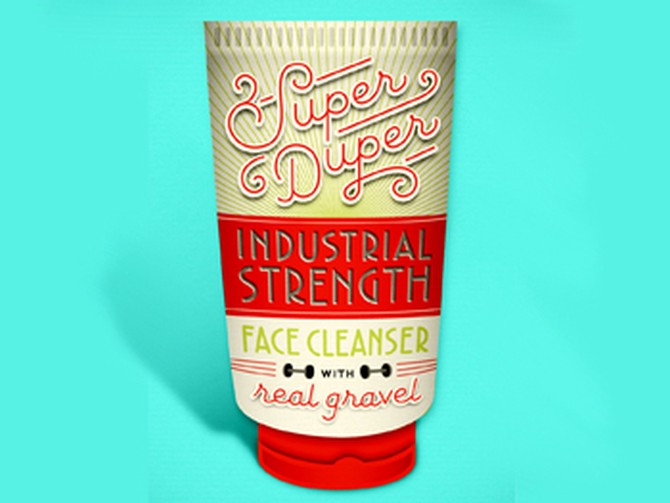
Illustration: Jessica Hische
Don't Overdo Skin Treatments
How do you know if a new cleanser, lotion, cream, scrub, or peel is working? It's simple: Your skin looks better, not worse. "I see many women who think that if a product makes their skin pink or flaky, that means it's doing its job," says Jeffrey Dover, MD, associate clinical professor of dermatology at Yale School of Medicine and author of The Youth Equation. "But a red, peeling complexion means that skin is inflamed." And inflamed skin has a hard time retaining moisture and fighting off free-radical damage. Dover recommends using a scrub (whether physical, which uses tiny beads to exfoliate the skin, or chemical, which contains a skin-sloughing alpha or beta hydroxy acid) no more than once a week. And if your prescription retinoid has your skin in a constant state of irritation, cut back to every other day. When even a basic cleanser or lotion leaves your cheeks rosy, you might have an allergy, most commonly to fragrance; so look for products labeled "fragrance-free."
— Jenny Bailly
— Jenny Bailly
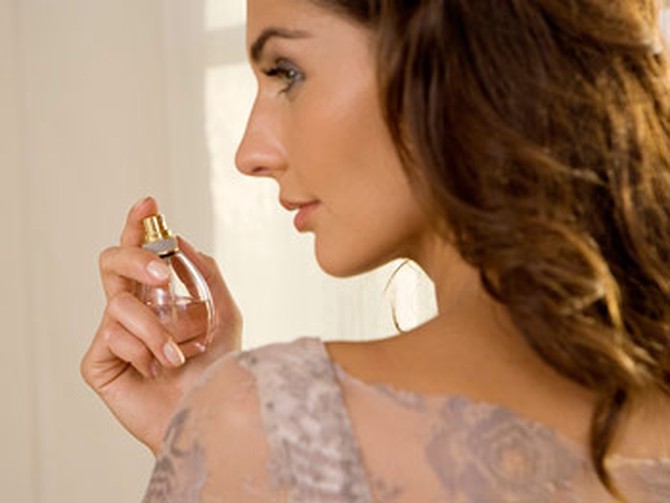
Photo: © 2008 Jupiterimages Corporation
Don't Spritz Fragrance Directly on Your Hair
Most perfume contains alcohol, which is drying to the hair, says Sarah Horowitz-Thran, creator of Sarah Horowitz Parfums. If you want a halo of your favorite scent, spray some into the palm of your hand, clap a few times to make the alcohol evaporate, then run your fingers through your hair. With a roll-on bottle, dab the fragrance on the tip of each finger, wave your hands for a few seconds, and then pat your head.
— Kate Sandoval
— Kate Sandoval
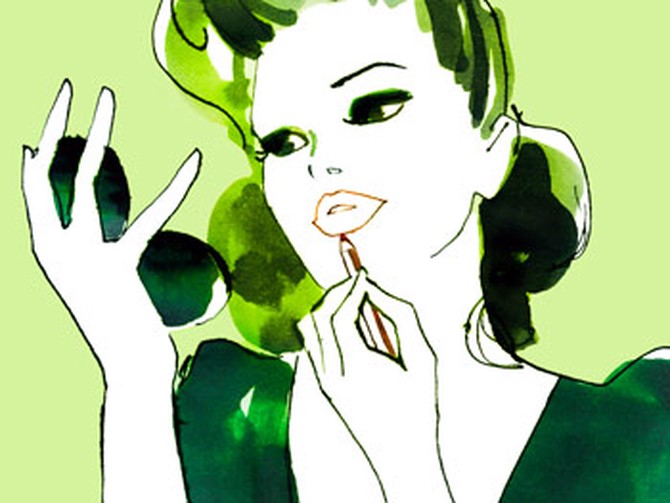
Illustration: Sara Singh
Don't Line Your Lips Before Applying Lipstick
After recently clearing up the "Which comes first?" debate over mascara and lash curling (for those who missed it: curling), we posed the same question to makeup artist Napoleon Perdis about lip liner and lipstick. "Apply your lipstick; then use a lip liner to trace around the edges," he said. "The liner will glide on more smoothly than it does on a bare mouth, leaving a more natural outline but still creating a barrier against bleeding." To avoid ring-around-the-mouth, use a pencil that matches your lipstick shade, nothing darker.
— Jenny Bailly
— Jenny Bailly
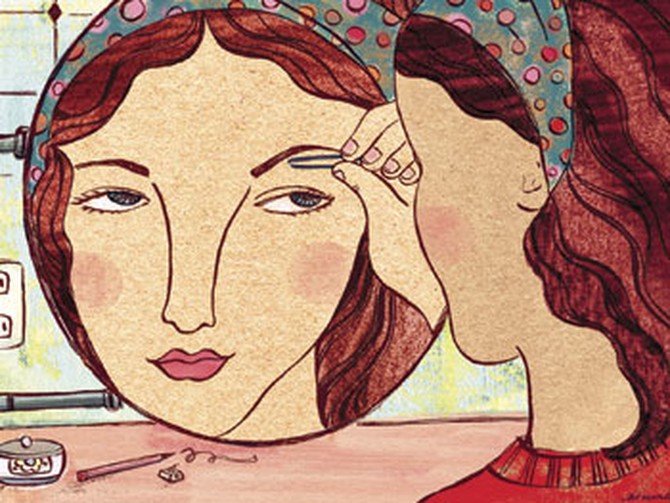
Illustration: Aimee Sicuro
Don't Get Too Close to the Mirror When You Pluck Your Brows
"You lose perspective and can end up creating too much space between them," says Sania Vucetaj, of Sania's Brow Bar in New York City. The most flattering brow shape starts directly above the inner corners of your eyes; an exaggerated gap can create a perpetual scowling effect. So keep your distance from the mirror—at least one foot—and preserve your eyebrow symmetry.
— Jenny Bailly
— Jenny Bailly

Photo: Marko Metzinger/Studio D
Are You Pumping Your Mascara Wand to Get More Product?
It won't. Every mascara tube has a built-in wiper that cleans the same amount of product off the wand each time you pull it out, says cosmetic chemist Jerry Bisram. But, more important, pumping the wand forces air into the chamber of the mascara tube, which mixes with the formula, causing the mascara to deposit unevenly on your lashes. Pumping also may be the reason your mascara smudges; friction softens the formula, so it takes longer to set.
— Kate Sandoval
— Kate Sandoval

Photo: Marko Metzinger/Studio D
Don't Rely on the SPF in Your Foundation
"To measure SPF in a lab, the chemist puts 2 milligrams of the product on every square centimeter of skin," says Leslie Baumann, MD, professor of dermatology at the University of Miami. That's the equivalent of about half a teaspoon spread over your face! You probably don't wear that much foundation (if you do, please stop that too). Instead, apply a broad-spectrum SPF 30 sunscreen, wait a few minutes for it to soak in, and then follow with foundation.
— Kate Sandoval
— Kate Sandoval

Photo: pcatalin/iStockphoto
Are You Rubbing Your Wrists Together After You Apply Perfume?
We used to. But a recent conversation with Givaudan perfumer Yann Vasnier broke us of the habit. The friction increases the interaction between the fragrance and your skin's natural oils, which can distort the scent, he explained. (And, by the way, if anyone's ever told you not to rub your wrists because you're "crushing the fragrance molecules"—not possible. (You can't split atoms with your toes either.) So spritz—and then hands, and wrists, off. Vasnier's prescription for the perfect, subtle sillage (French for the trail of fragrance left in a woman's wake): one spritz on each wrist, two on the neck, one on the décolletage. Body heat at these critical points helps diffuse the scent.
— Jenny Bailly
— Jenny Bailly

Photo: DOConnell/iStockphoto
Is Your Face Cream Too Rich?
With a texture as decadent as crème brûlée—a similarly rich ingredient list—ultrathick face cream may seem like the ultimate in luxury. But using it could be a recipe for problems. "If you're like most women and have combination skin, you don't need something very rich," says Tina Alster, MD, the director of the Washington Institute of Dermatologic Laser Surgery. "The cream's excess oils can clog your pores, bringing on a breakout—even if you're not acne prone." So how can you tell if your cream is too moisturizing? If mineral oil or petrolatum is high up on the ingrediant list, it's heavy, says Alster. She suggests applying the product only to the periphery of your face or saving it for cold winter days and long flights (when your skin's moisture level is depleted). For combination skin every day, use a hydrating lotion or fluid—both are water-based, so they're less likely to make you break out.
— Jessica Matlin
— Jessica Matlin

Photo: Ben Goldstein/Studio D
Are You Overexfoliating?
File this one under the way-too-much-of-a-good-thing category. Many women inadvertently give themselves problem skin by exfoliating too hard and too often, says Ava Shamban, MD, assistant clinical professor of dermatology at UCLA. You risk drying out your skin and stripping off the top layer. That's not all: When you rob your skin of needed moisture, it responds as if it were an injury and produces more oil, which often results in acne, says Shamban. Overexfoliating can also break blood vessels. (Hellooo, rosacea!) To avoid self-sabotage, use a face scrub or sponge only once or twice a week—or not at all, if you're using retinoids or glycolic acids. And when you dry your face, blot it gently.
— Jessica Matlin
— Jessica Matlin

Photo: Marko Metzinger/Studio D
Don't Brush Your Hair When It's Wet
You should detangle hair right after you wash it, but use a wide-toothed comb. The thin, narrowly spaced bristles in a brush can snag and break wet hair, says Philip Pelusi, owner of Tela Design Studio in New York City. The teeth on a wide-toothed comb, however, are large, set far apart, and usually plastic and slip through hair easily.
— Kate Sandoval
— Kate Sandoval

Photo: Marko Metzinger/Studio D
Are You Damaging Your Nails When You File?
If they won't grow and they split frequently, you might want to rethink your manicure technique. Use an emery board with a high grit, which means that it's fairly smooth, says Elle, a celebrity manicurist in New York City. Crystal files are good, but never use a metal one (too hard). And never file in a back-and-forth motion, which can cause the nail to tear. File in one direction only, in the same shape as your cuticle, because that's the shape least likely to break.

Photo: Marko Metzinger/Studio D
Are You Overconditioning Your Hair?
Our beauty closet here in the office is always stocked with more than 50 different kinds of conditioning lotions, mousses, and gels. Really, if you didn't know better, you'd think we were operating a hair salon. But none of these products will work for you...if you're like most women, that is, and you're overconditioning your hair, coating it from roots to ends. Conditioner should be used strategically and sparingly. Apply a half-dollar-size amount to the midsection and ends of the hair, since these areas have been subjected to months of sun and styling damage. Don't treat your roots, because they're already coated with the scalp's natural oils; additional emollients will just weigh hair down, making it limp. Also, it's best to use a volumizing product that's not too thick or rich, says Eliut Rivera, a New York City hairstylist.
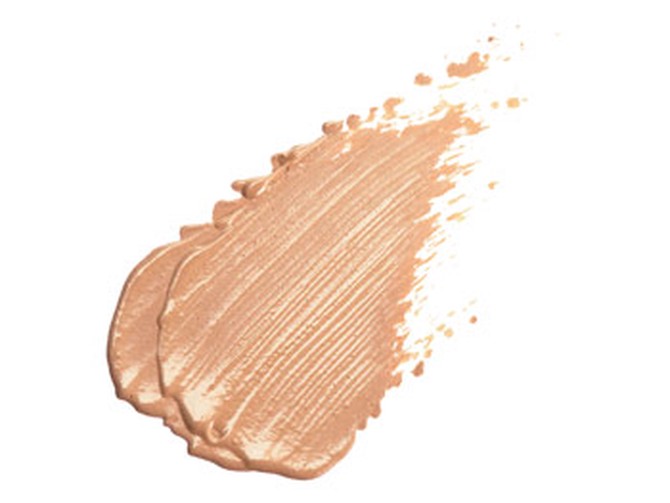
Photo: Marko Metzinger/Studio D
Are You Using the Wrong Concealer?
Are you trying to disguise dark circles with a concealer lighter than your skin tone? That's probably why you're looking a little goggle-eyed. Instead, makeup artist Tina Turnbow suggests using an illuminating concealer in the same color as your foundation. The correct shade will mask shadows, and light-reflecting particles give you a brightening effect.
— Kate Sandoval
Above: Almay Bright Eyes Eye Base + Concealer ($9) diffuses darkness
— Kate Sandoval
Above: Almay Bright Eyes Eye Base + Concealer ($9) diffuses darkness

Photo: Ben Goldstein/Studio D
Don't Re-Dye All Your Hair When Your Roots Start Showing
If you do, the new layer of color will make your ends darker (if you're adding color) or lighter (if you're bleaching) than the rest of your hair—and don't you hate it when one beauty problem begets another? Instead, just touch up your roots, says Sharon Dorram-Krause, of Sharon Dorram Color at Sally Hershberger Uptown salon in New York City. For a remarkably simple and easy way to cover regrowth, try Marc Anthony Pro Root Touch-Up ($10); it lets you combine the developer and color without any messy pouring or mixing. Just attach the two components, twist the top half to open the valves, shake it up, and brush it on.
— Jenny Bailly
— Jenny Bailly
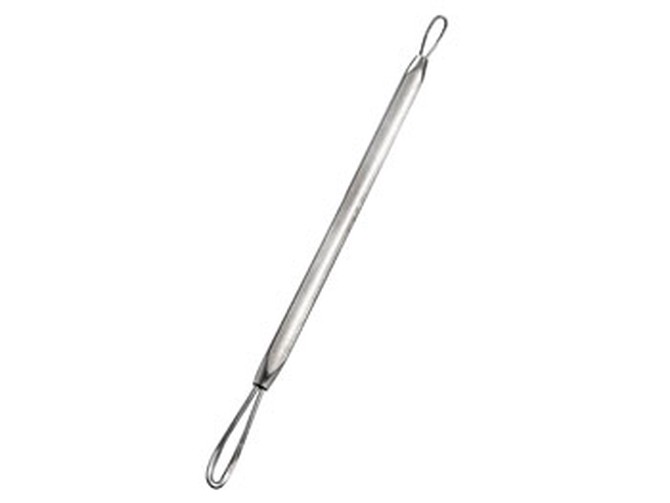
Photo: Marko Metzinger/Studio D
Are You Using an Extractor?
Have you ever used that beauty tool called an extractor? The ends look like the eye of a needle on a metal stick, and when you press one of them against a congested pore, the pressure forces sebum and dead skin out through the tiny hole. You may be tempted to make regular use of the thing, but resist that devilish urge, says Ranella Hirsch, MD, president of the American Society of Cosmetic Dermatology & Aesthetic Surgery. "When you incorrectly attack a blemish with an extractor, you can create an open wound that's vulnerable to bacterial infection," she says. Instead, rely on exfoliation to keep your complexion clear. Once a day or every other day, use a mask or complexion pad with glycolic acid (or salicylic acid if you're prone to breakouts); once a week, massage your face with a gentle scrub. And save the extractor for removing grout.
From the July 2008 issue of O, The Oprah Magazine

